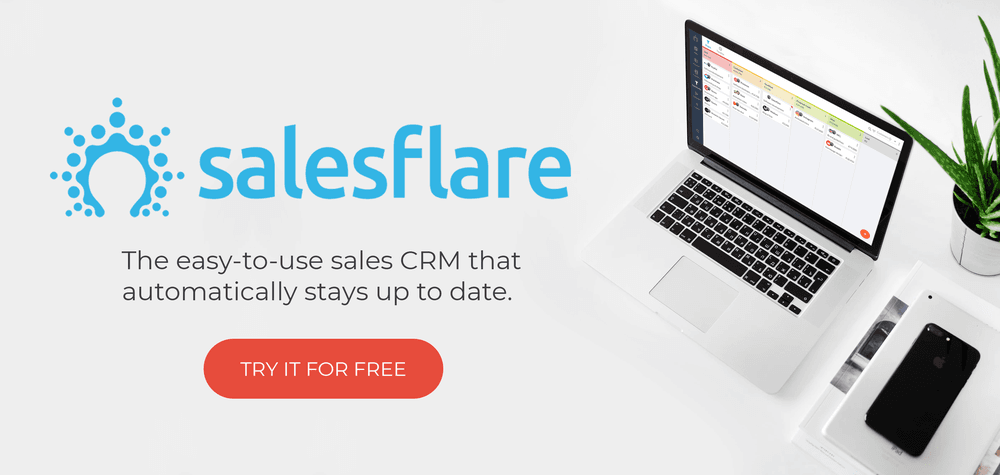Como criar o site perfeito para uma startup
Um blog convidado de Ryan Gould (vice-presidente de serviços de estratégia e marketing da Elevation Marketing)

If you want to create the perfect startup website, first know why a website is important. Too often startups jump into building a website without a clear vision of why they’re doing it and what they want to accomplish. Your website is the sun around which all your other strategies rotate. And the end goal of those strategies is conversions. So, the perfect startup website should be designed and optimized with conversions in mind.
1. Projeto
To accomplish its goal, your site must have good design, a good user experience with ease of use, consistency and good content. Did you know 38% of users will leave your website if they find it unattractive and 75% of users admit to making judgments about a company’s credibility based on their website’s design?
Alguns pontos a serem lembrados:
1. Mantenha a simplicidade. Menos é mais.
A Google study found websites with high visual complexity lead to more negative first impressions than websites of medium or low complexity – and users made those judgments in 17 milliseconds. You only have one to make a good first impression. Many agencies that offer webflow development services advise new website owners to always start small and simple because you can always do a redesign in the future.
2. Use apenas algumas fontes em diferentes pesos e variantes.
Just because you have a whole bunch of fonts, doesn’t mean you should use them all. Each font conveys a feeling and you know what too many feelings can cause? Confusion. Re-read #1.

3. Seja consistente e econômico com as cores
Ao decidir construir um site pessoal, comece com as cores da sua marca e use-as como cor primária, escolha 1 ou 2 cores de destaque e, em seguida, uma cor de fundo. E considere seu negócio. Como diz Neil Patel, use a cor da maneira certa, no momento certo, com o público certo e para a finalidade certa.
4. Certifique-se de que o site esteja otimizado para celulares
This can’t be stressed enough. More than half of global internet traffic now comes from mobile devices. Google ranks mobile-friendly sites higher in mobile search results and last year started using the mobile versions of web pages for indexing and ranking.
2. SEO
One thing you have control over from the start is your on-page (or on-site) search engine optimization (SEO). That’s what helps determine your rank on search engine results pages (SERP) – the higher on the SERP you are, the better.

Há algumas outras táticas de SEO que você pode usar, mas aqui estão os fatores de SEO na página que você precisa considerar imediatamente:
1. Tags de título
The title tag is what people see in search engines. It’s clickable and ideally it says what the page is about. Include one of your primary keywords in the title when possible (but don’t stuff keywords!) and keep it to 55-60 characters so it doesn’t get cut off in search results.
Why it’s important: Google looks at the title tag and compares it to the rest of the content to judge its relevance – and relevance is a factor for your rank in SERP.
2. Meta descrição
Essa é outra oportunidade de mostrar do que se trata uma página. A meta descrição é o que é exibido abaixo do título e do URL na SERP. Ela deve ter cerca de 160 caracteres (mais do que isso será cortado nos resultados da pesquisa) e conter uma ou duas palavras-chave.
Why it’s important: The meta description doesn’t factor in ranking, but it does improve click-through rate because it shows users a little more about the page content of your startup website. If people like what they see, they’ll click.
3. URL
Your URL helps identify the structure of your domain, but beyond that, it’s yet another place to use a keyword.
Why it’s important: The URL itself isn’t a major ranking factor, but when you include a keyword in a URL, it may help rank – it also helps identify what the page is about.
4. Texto alternativo
O texto alternativo é para imagens e está contido no código da página. Sua principal finalidade é descrever fotos para pessoas com deficiências visuais que usam leitores de tela.
Why it’s important: A inclusão de uma palavra-chave principal na descrição da imagem pode ajudar os rastreadores dos mecanismos de pesquisa a indexar a imagem e ajudar com o SEO na página.
And don’t forget:
- Your company name and contact information (you’d be surprised how many companies don’t include thorough contact information).
- Certifique-se de que suas páginas carreguem rapidamente (você pode perder 7% de suas conversões por um atraso de 1 segundo no tempo de carregamento da página).
3. Conteúdo
Where “more content” was the old mantra, now it’s more about topics and the content you create around those topics. Keywords on their own aren’t quite as important as they used to be, but keywords used in relevant content that matches searchers’ queries are.
Technically this is still under on-page SEO, but it’s the content that’s really the important thing. Google wants users to find answers – the best answers – quickly. Better, relevant content accomplishes that, so any startup website built around fresh, consistent content will be rewarded.
Faça a si mesmo estas perguntas:
- Meu conteúdo é rico? There’s no minimum number of words per page, but the more thorough the content, the better you’ll rank. A good rule of thumb is a minimum of 300 words on page. Longer content should be broken up with images, bullet points, Cabeçalhos H1 e H2 e aspas.
- Meu conteúdo é relevante para a consulta de pesquisa? If someone searching for “spring dresses” lands on a page for winter formals, they are going to bounce right off the page – and likely your site and your life.
- Meu conteúdo é de fácil utilização? Is it readable? If you’re not sure, try running it through a verificador de legibilidade). A ortografia e a gramática estão corretas (isso é importante!)?
- Estou duplicando conteúdo em várias páginas? Os mecanismos de pesquisa reconhecem o conteúdo duplicado e o penalizarão. Certifique-se de ter uma variedade de conteúdo bem escrito e otimizado em seu site.
Mais alguns aspectos a serem considerados para o site de sua startup:
Inicie um blog: Cada post de blog é outra página de SEO! Iniciar um blog, write authoritative posts with relevant (there’s that word again) content and optimize it for search. The optimal blog length in part depends on your industry, your website, and your audience, but in general, blogs that are 1,600-1,900 words rank better. That doesn’t mean use 100 words where 10 will do just to fill space. Concentrate on the quality of the content rather than the length.

Escreva para seus clientes: Don’t write stiff, formal content aimed at search engines. The search engines know better and so do your customers. Write naturally, as if you’re having a conversation because, really, you are.
Peça feedback: Feedback do cliente é uma parte frequentemente negligenciada de uma estratégia geral de marketing e de sua marca. Ao permitir comentários sobre seu siteCom o uso da tecnologia de informação, você pode moldar melhor tudo, desde a experiência do usuário do seu site até suas ofertas e a satisfação do cliente. Para ajudar os visitantes do seu site a ter uma experiência ainda melhor, você também deve se concentrar em proteção do site e um design UI/UX atraente.
Inclua imagens e vídeos: O conteúdo da Web com imagens e vídeos é executado 94% melhor do que o conteúdo sem. The fact is, visuals make more of an impression in people’s minds and they are remembered better than text. And when it comes to SEO, just remember that alt text!
4. Resumindo
Bom design, conteúdo de qualidade e SEO são os três fatores mais importantes para o site perfeito de uma startup que se classifica na SERP, atrai clientes e, por fim, gera vendas. Afinal, a razão pela qual você tem um negócio é porque tem algo para vender!
Um pouco sobre Ryan:
De instituições herdadas da Fortune 100 a start-ups inventivas, Ryan traz uma vasta experiência para a Elevation Marketing com uma ampla gama de clientes B2B. Ele arquiteta e gerencia habilmente a entrega de programas de marketing integrados e acredita firmemente na estratégia, não apenas nas táticas, que alinham efetivamente as equipes de vendas e de marketing nas organizações.

Esperamos que você tenha gostado desta postagem. Se gostou, espalhe a notícia!
👉 Você pode seguir @salesflare em Twitter, Facebook e LinkedIn.
if(window.strchfSettings === undefined) window.strchfSettings = {}; window.strchfSettings.stats = {url: “https://salesflare.storychief.io/startup-website?id=82341412&type=2”,title: “How to Create the Perfect Startup Website”,id: “b4bf56dd-9b24-4318-a472-b8522fe85e05”}; (function(d, s, id) { var js, sjs = d.getElementsByTagName(s)[0]; if (d.getElementById(id)) {window.strchf.update(); return;} js = d.createElement(s); js.id = id; js.src = “https://d37oebn0w9ir6a.cloudfront.net/scripts/v0/strchf.js”; js.async = true; sjs.parentNode.insertBefore(js, sjs); }(document, ‘script’, ‘storychief-jssdk’))- Fix It Fast - 3 de abril de 2024
- Salve seus e-mails - dezembro 21, 2023
- Trace Any Relationship - dezembro 1, 2023
